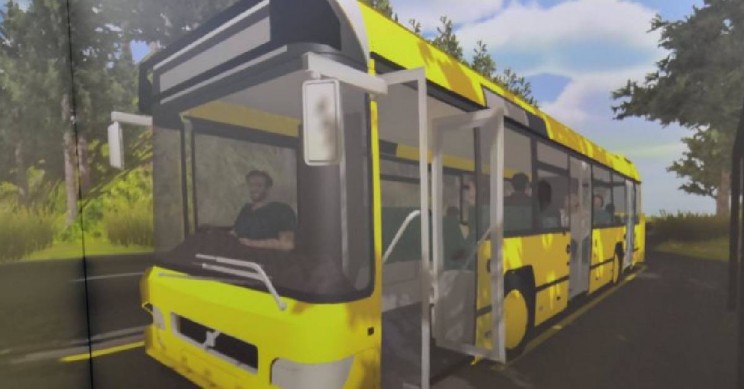Virtual Reality Could Be Used to Treat Phobias in Autistic Children

The Blue Room treatment gives therapists a controlled environment to help patients work through their fears.
Virtual Reality is just about everywhere slowly evolving beyond just the realms of gaming novelty to practical real-world applications. From the medical world to the world of architecture, VR offers new approaches and insights to challenging new age problems.
In a newly published study, researchers have found a way to use VR beyond just the technology landscape into the homes of those who live with autism. This new immersive virtual reality experience could be used to treat autistic children and even adults who struggle with fears and phobias.
Virtual Reality and Autism
According to a new study conducted by Third Eye NeuroTech and Newcastle University, virtual reality has been shown to help children with autism struggling with certain phobias, helping free 45% of participants from their fears.
Dubbed the Blue Room, this immersive environment allows researchers from both Third Eye NeuroTech and Newcastle University to create highly personalized virtual environments for those with autism.
Requiring no goggles, a participant sits down with a therapist to navigate and work through different scenarios, controlling each environment scenario with a simple iPad. Published in the Journal of Autism and Developmental Disorders and in Autism in Adulthood, the VR environment helps tackle an at times overlooked issue among children with autism.
Conquering Fear
Autism can affect a child’s learning and growth making it difficult for the child to appropriately develop the necessary social skills as well as the communication skills needed to get through life. This can trigger fears and phobias in children like traveling on public transport, school classrooms, dogs and balloons.
VR immersive therapy helps ease fears in a controlled environment. Including 32 children, the Blue Room study did exactly that. After two weeks upon receiving the VR treatment 25% of participants responded that they were able to face their fears. While by the six months mark, that number jumped to 45%.
“People with autism can find imagining a scene difficult which is why the Blue Room is so well-received.”
“We are providing the feared situation in a controlled way through virtual reality and we are sitting alongside them to help them learn how to manage their fears,” describes Dr. Morag Maskey, a researcher from the Institute of Neuroscience, Newcastle University.
“It is incredibly rewarding to see the effect it can have for some, overcoming a situation which just a week previously would have been so distressing.”
Source: Interesting Engineering
